So you’re here to learn how to become a web designer? Maybe you have a little design education or knowledge but you want to really break into the web industry? You want to know how someone else did it who is a seasoned professional so you can do it too.
Well you are in luck, I’m going to show you 7 steps on how to become a web designer in this article, but first, let me tell you my journey through web design and development so you know your journey is not an untrodden one.
The Journey For The Design Mentor Learning How To Become A Web Designer
For over the last 13 years I’ve been learning and practicing my craft. I’m still learning today! But where did it all start?
How To Become A Web Designer, Learn HTML & CSS – 2010
The journey to becoming a web designer, for me, began with the basics, the fundamentals of web design —I learnt HTML and CSS. Fortunately, when I was training to be an IT teacher I got the bug for web development and delved into HTML and CSS in a big way.
My previous education before this was in art and graphic design so I already had experience designing things in Photoshop ( there was no Figma at the time!), I just needed the coding language to built some html pages and that’s just what I did!
I built a couple of websites for friends and family using these coding languages, and, looking back, wow, were they seriously basic or what! Not something I’d include in my portfolio today but hey, it was a start!
From this point, I started exploring pre-built themes and drag-and-drop builders and plugins.
These helped me to land a few more freelance clients. But I was still thinking to myself, ‘how to become a web designer professionally?’ so I then proceeded to build a small portfolio (with a pre-coded WordPress Theme) that included previous website and graphic designs I’d done for some freelance clients. Having this portfolio was the key that led me to apply for jobs not only in my hometown but all over the country, including London!
My First 4 Years in a Web & Graphic Design Role – 2011

Eventually, maybe with a little bit of luck, I secured my first full-time position at MigSolv, a data centre company on the outskirts of London (200 miles away from my hometown). Here I gained deeper knowledge of graphic design, web design and also development. It also included some exposure to hosting environments ( and data centres seeing as that was their specialty!).
At MigSolv I was the only person for all of their graphic design and web development needs. It was also a rebranding exercise, so I learned a lot in this job. I also learned graphic design program Illustrator by teaching myself in my spare time of an evening.
I spent the next 4 years at MigSolv but even during this time, I still didn’t really understand how to build a WordPress website from scratch, i.e. code a bespoke WordPress Theme.
After 3 years on the job at MigSolv I began applying for jobs to try to get back to my hometown but not having coding ability held me back for a while. I went for several job interviews in the north of England only to be knocked back.
That’s when I decided to look online for courses to advance my skills further. I decided to learn how to build a WordPress Theme utilising Bootstrap 3, PHP & CSS and of course the CMS of choice, WordPress.
Bootstrap 3 is an open-source front-end framework that simplifies web development by providing pre-designed HTML, CSS, and JavaScript components.
I found the courses quite easy to follow and at the end of the course was confident in building WordPress Themes from scratch! From 2011 to 2015 I had been building in drag and drop environments but now I had a new string to my bow.
I could finally build sites with code! HTML, CSS & a little bit of PHP. Woohoo!
Securing My First Design Agency Role – 2015
You can see it took over 4 years to master graphic and web design professionally before I moved confidentially onto an agency.
I decided that I needed more exposure to design agency environments as I had been working alone for too long!
In my first agency rolem still in the south of England close to London, we actually built websites in a CMS called DNN. Not a very commonly used platform but it was efficient.
Its language is mostly .net but you can code page templates in html and css and a little JS so I was pretty comfortable with my new found knowledge and this was the start of bespokely coded websites for me.
After spending 2 years at the agency, I got my first job back in Liverpool at a company called ParentApps, spent a year there and then hopped between 3 different agencies.
They all did things slightly differently! Some used drag and drop builders, some used a WordPress plugin called Advanced Custom Fields and hard coded a lot of php templates but all of it, it was a great experience and expanded my knowledge.
The Journey Continues – 2025
From day 1 it’s been a continuous journey of growth, learning, and expanding skillsets.
At times, I’ve sometimes felt puzzled and challenged but when you finally get a theory, a code or a design idea it is truly satisfying!
So now you know the journey of a web designer, who wasn’t formally trained in the industry ( I am actually trained as a part 1 building architect at university! ) you too can learn how to become a web designer by following the below guide.
Let’s get started!
1. Develop Your Foundation in Design Principles
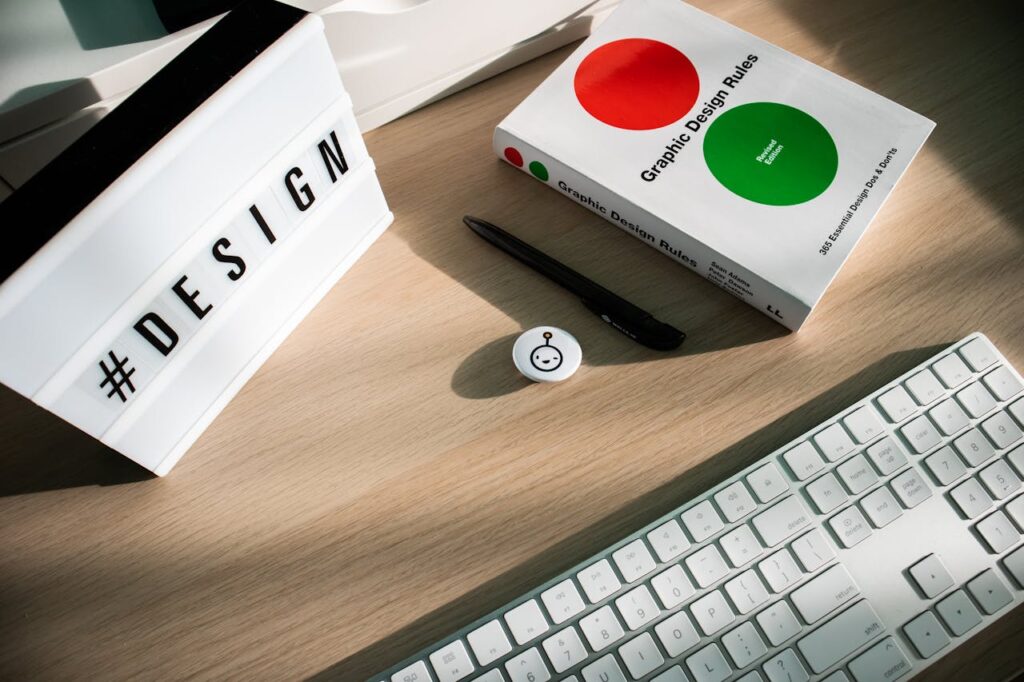
Although it may appear as though I went head first into html and css I was actually formerly trained in art and design both at school and college. I had some exposure to Photoshop as well during my time on my Architecture degree so it is important to learn the fundamentals of how to make something look good.
So before looking to learn the technicalities of coding or learning web development tools, you need to understand the basics of design.
It might sound like common sense, but a strong grasp of design principles is crucial. These principles include:
- Contrast: Helps in creating visual interest and hierarchy on a page.
- Balance: The arrangement of elements to make your designs feel stable and organized.
- Alignment: Ensures your design looks clean and professional.
- Proximity: Grouping related items together to enhance organization.
- Repetition: Helps create consistency and unity across a design.
A solid understanding of these principles will make you a better web designer, even if you’re just starting.
2. How To Become A Web Designer? Learn HTML, CSS, and JavaScript
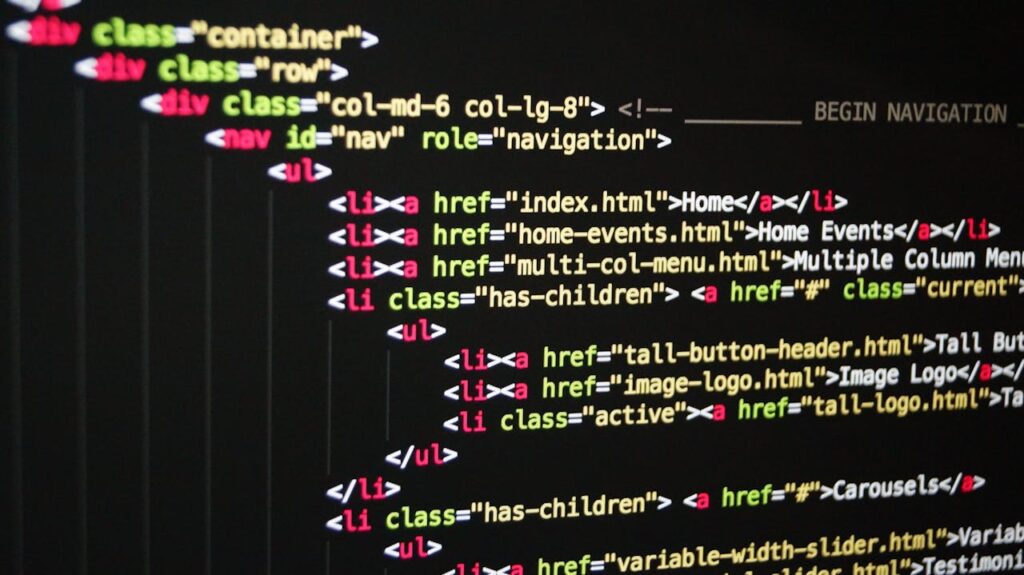
So once you are confident in design and familiar with core design principles, it’s time to start learning the languages of the web. Fundamentally HTML & CSS are vital. JavaScript is as well, but not as important in a lot of my experience.
- HTML (HyperText Markup Language) is the backbone of any website, dictating the structure and content of your pages. Things like <h1>Is a heading tag</h1>, <a href=”is a link”>Link Text</a> and <p>is a paragraph tag</p>.
- CSS (Cascading Style Sheets) controls the look and feel—colors, fonts, layout, etc.
- JavaScript adds interactivity to your website. While you don’t need to master every function, having a basic understanding of how these languages work will help you communicate effectively with developers and help you build more dynamic sites.
There are plenty of online resources to get started such as YouTube tutorials but there will be a course on The Design Mentor to learn the basics of html and css in easy to digest way.
Practice is key, so make sure to build simple websites to apply your knowledge.
3. Understand the User Experience (UX)
Good web design isn’t just about making something pretty; it’s about creating an experience for the user.
UX design focuses on how users interact with your website. It’s about usability, accessibility, and ensuring that users can easily find what they need.
Here are some UX concepts to explore:
- User flows: Understanding the paths users take to complete actions on your site.
- Wireframes: Sketching basic layouts to plan content placement before diving into design.
- Usability testing: Getting feedback from real users to identify issues and improve navigation.
A website may look great, but if it’s hard to navigate, users will leave quickly. That’s why UX is so important to get right.
4. Master Design Software and Tools
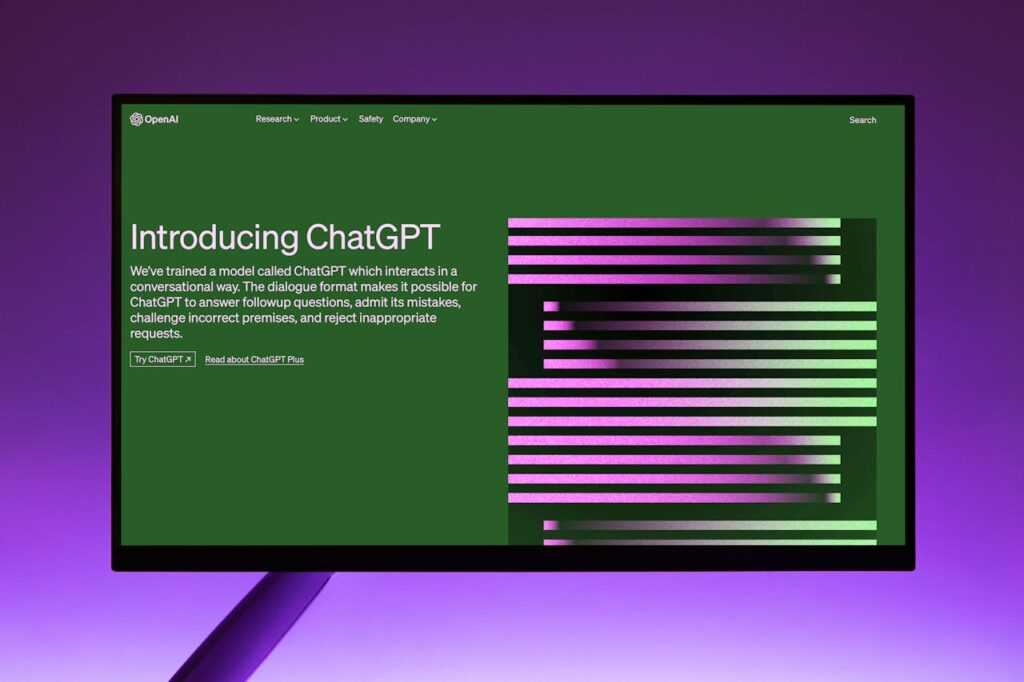
As a web designer, you’ll be working with design software to create mockups, prototypes, and assets for your websites. Some essential tools to learn include:
- Adobe Photoshop and Illustrator: Great for creating images, logos, and other visual elements.
- Figma: A collaborative design tool that’s popular for prototyping and UI design.
- Adobe After Effects & Premiere Pro: A lot of websites now contain video and animations so if you can master these programs you are onto a winner!
Investing the time to become proficient in these tools will give you an edge in your web design career and help you discover how to become a web designer.
5. Practice Responsive Web Design
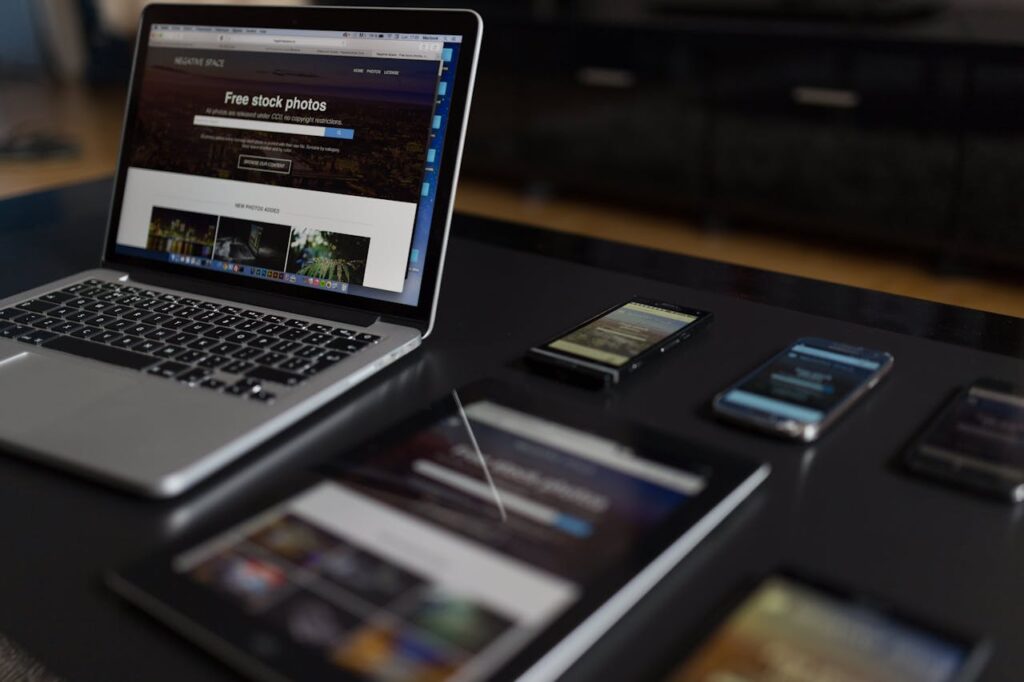
If you want to know how to become a web designer then you really need to understand responsive design.
With more people browsing the internet on mobile devices than ever before, I think its something like 70% of people visit a website via their phone on average, responsive web design is a must-have skill. In fact, there is a web design practice called ‘mobile-first design’, its good practice these days to design for mobile first!
This approach ensures your website looks great and functions well on any device—whether it’s a phone, tablet, or desktop.
To get the most out of responsive design, if you are hard coding your site, you’ll need to learn media queries, a feature of CSS, that allows your site to adjust its layout depending on the screen size. Some drag and drop builders, like Divi, have built-in breakpoints (media queries) so you don’t need to worry so much. I’ll go over this during the course on building a website with no code so don’t worry.
By ensuring your design adapts to various screen sizes, you’ll provide a seamless experience for users on all devices.
6. Build a Portfolio of Your Work
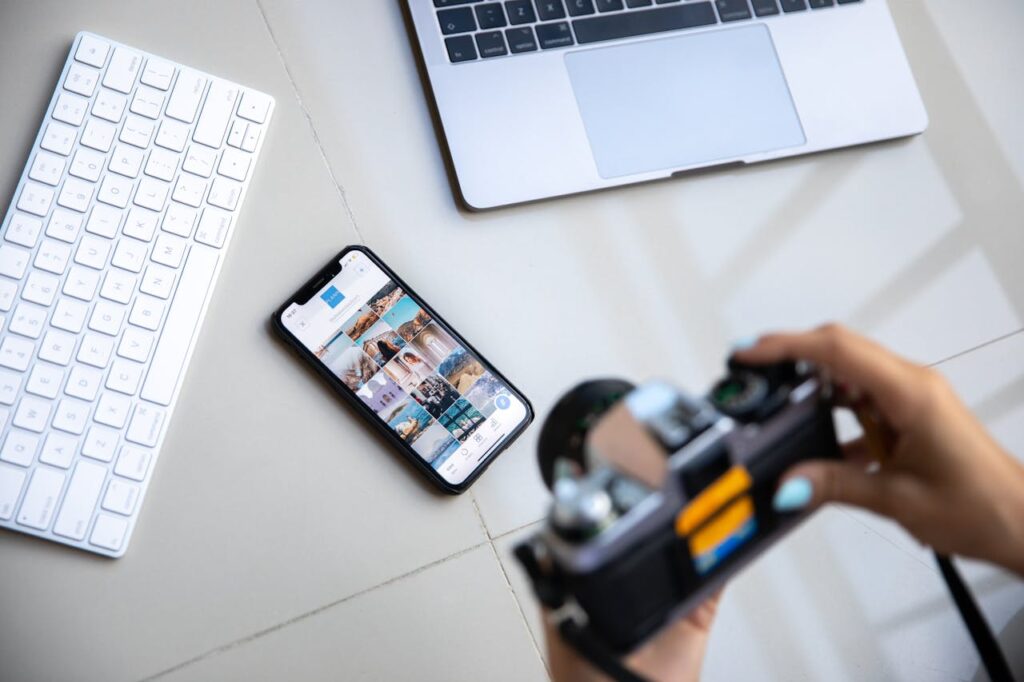
Probably an essential part of any person looking how to become a web designer and get a job as a web designer or developer is having a portfolio, ideally their own website!
It’s your opportunity to showcase your skills, demonstrate your creativity, and build credibility with potential clients or employers.
Here’s a brief overview on how to build an impressive portfolio:
- Include a variety of projects: Display different types of websites to show your versatility, including e-commerce sites, blogs, or business websites.
- Provide context: Don’t just show the final design—explain the challenges you faced and how you solved them. Also go into your design thinking if possible.
- Show your process: Include sketches, wireframes, and prototypes to demonstrate your approach to design.
Remember, if you want to know how to become a web designer you need to ensure your portfolio is a living document that should evolve as you gain more experience.
7. Stay Curious and Keep Learning
Web design is a constantly changing field, and the best designers are always learning. (I took a course to learn how to build WordPress sites from scratch).
Whether it’s new tools, design trends, or programming languages, staying up-to-date will help you remain competitive.
Some ways to keep learning include:
- Attending online courses.
- Following design blogs, forums, and social media accounts to stay inspired and informed.
- Participating in design challenges (like those on Dribbble or Behance) to push your creativity.
Remember, your learning journey never ends, thats how you become a web designer, you keep learning. Every new project is an opportunity to grow and refine your skills.
Conclusion on How To Become A Web Designer
We hope this has helped you understand how to become a web designer. Becoming a web designer is a journey of learning, practice, and dedication. While it might seem overwhelming at first, breaking it down into manageable steps can make it a lot more approachable. Start by learning the basics of design, dive into HTML, CSS, and JavaScript, focus on user experience, and build your portfolio. Finally, always stay curious and continue learning as the field evolves.
Good luck on your journey to becoming a web designer. It’s a fun, fulfilling, and ever-evolving career, and with the right mindset and tools, you can go from beginner to expert in no time!
I hope this article helps you kickstart your web design career. If you need more guidance or want to chat about design, feel free to get in touch. I’m always happy to help! Or if you want to know when I am launching the courses please sign up to our newsletter by following this link.
Look forward to hearing from you!